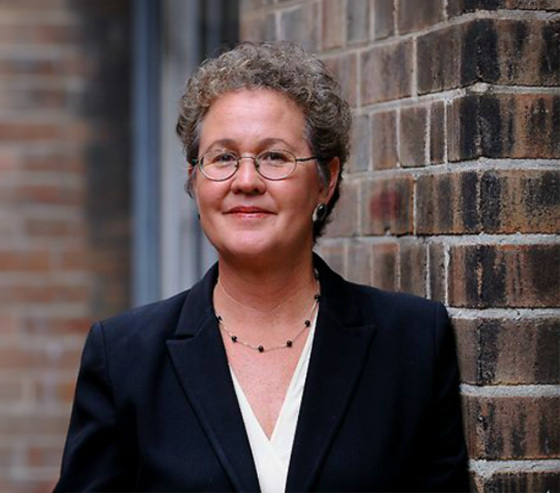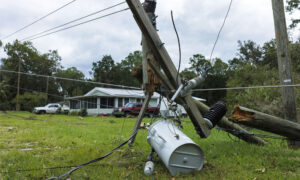Education has become a hot button issue in politics. Yet, for all the talk of controversial topics like critical race theory and sexual orientation curriculum, there’s less attention to fundamental challenges like school funding or children’s learning achievement.

“At the federal level…no candidate is speaking about a platform for educational improvement,” noted Alberto Carvalho, superintendent of the Los Angeles Unified School District (LAUSD). “There are zero conversations, specific to federal interest by leading candidates, on education funding or policy alike.”
Carvalho made this and other remarks at a recent online event titled Making the Grade: How Your Vote Could Affect California’s Public Schools. The webinar also included Linda Darling-Hammond, president of the California State Board of Education and president and CEO of the Learning Policy Institute; and Julie Marsh, professor of education policy at the USC Price School and the Rossier School of Education.
You can watch the full discussion in the video above.
The panel, part of the USC Price School’s Political Pulse ‘24 webinar series, was moderated by Mark Baldassare, senior fellow at the Bedrosian Center for Governance. Here are what the panelists said about a few important education issues:
School Funding Concerns
With declining enrollment and the expiration of federal COVID-19 relief funds, many California schools are facing financial challenges, said Marsh, who researches K-12 policy and governance. California is also facing a state budget deficit that could affect some districts more than others, she added.

“The districts that received more of the COVID funds, places that have more low-income students, are probably going to feel the effects more,” Marsh said. “Places that have a [budget] reserve are going to handle it a little bit better, but we’re facing potential layoffs, potential closures of schools and I think at the worst case, you might see places that are insolvent or might have to be taken over by the state.”
While the deficit is real and troubling, schools have been more protected than other parts of the state budget, Darling-Hammond noted. Still, schools are generally expected to provide much more than education for students, including free meals for low-income children and mental health support.
“All of these things fall on schools in this country to ensure that children have a basis on which to then focus on learning,” she said. “When money gets tight, and when other parts of the budget get cut – housing support or other things that families need – we will feel it in the schools.”
Getting Kids to Class
Nearly two-thirds (63%) of Californians are very or somewhat concerned about chronic absenteeism in their local public schools, noted Baldassare, who is statewide survey director at the Public Policy Institute of California. Chronic absenteeism reached a crisis level in Los Angeles during the pandemic, but attendance has gradually improved in the years since, Carvalho added.

Carvalho said LAUSD staff knocked on thousands of doors to learn why students weren’t showing up to school and discovered several factors including: older kids needing to care for younger siblings while parents work multiple jobs; fears that immigrant parents could be deported if their children are enrolled; high school-aged kids who have already entered the workforce; and misinformation about the health conditions in schools, among other reasons.
“You put all those together on top of general illness experienced by kids, add all those elements and guess what? The same kids who generationally have been left behind continue to be left behind,” Carvalho said.
Marsh echoed the point that chronic absenteeism does not hit all communities the same.
“Absenteeism is hitting certain subgroups more. We’re seeing it with students with disabilities, youth in foster care and Black students in particular,” Marsh said. “We need to think about our particular student populations that might be facing this issue of chronic absenteeism more than others, and we have to be targeted in the approaches that we take.”
COVID Learning Losses
A vast majority of Californians (78%) said children in their local community fell behind during the pandemic, Baldassare said.

But California fell behind less than most other states in reading and math – and Los Angeles actually surged ahead in reading achievement – Darling-Hammond said. But there is still ground to make up in other areas, mostly in writing, she added.
Programs that include educational enrichment, which allow students to pursue subjects not covered by traditional curriculum, could help. Studies have shown that such programs can help students achieve greater gains in learning achievement than programs that are strictly academic, Darling-Hammond said
“What we know from neuroscience, about brain development, tells us that the wiring in our brains and our intelligences are enhanced by music, by art, by world languages, by inquiry,” she said. “To have learning acceleration, we need to be thinking about all of those things, not just sitting kids down and drilling them in reading and math.”
To watch the full discussion, click here.




